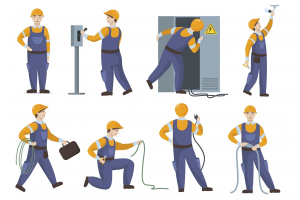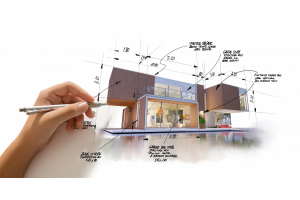2022 CALIFORNIA BUILDING CODE (CBC)
TITLE 24 PART 2
PROPOSED CHANGES AS OF FEBRUARY 2022
Part 1 of 2
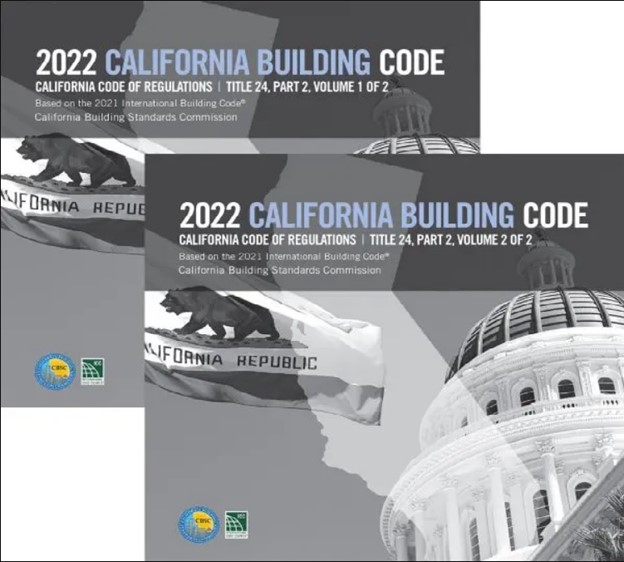
AVAILABLE TO ORDER NOW~Click here to order 2023 California building Code.
Beginning January 1, 2023, California will be following a new, updated building code. This building code is set to be released in July of 2022.
In February of 2022, the final express terms regarding changes to the California Building Code became available (https://www.hcd.ca.gov/docs/building-standards/2022-cbc-fet.docx) and the changes are summarized below.
Chapters not listed have either no changes to the model code or no changes to the existing California amendment.
Chapter 1, Scope and Administration, Division I, California Administration
A variety of changes are for referenced sections of other codes.
- Section 1.1.9 Effective date of this code, Exceptions:, (2) [HCD 1 & HCD 2] Plans approved … Section 3037 remain valid for a period of 36 months from the date of plan approval.
This is a change of the referenced section. The 2019 Code referenced Section 3048.
Chapter 2, Definitions
ACCESSIBLE., ACCESSIBLE ROUTE., CELLULAR. (UNDER CONCRETE), DETECTABLE WARNING., MASS TIMBER. (2019 CBC), PUBLIC USE AREAS.,
Removed from the code. All entries have alternate definitions available.
Chapter 4, Special Detailed Requirements Based on Occupancy and Use, the following sections are to change:
- Section 419.1 through 420.10.1 Moves to Section 508.5 through 508.5.11.
This appears to be a movement only without any changes to the actual language of the code. The changes below also appear to be changes in number, to compensate for the movement of the sections:
- Section 420.10.1 Cooking Appliances, will change to Section 420.11.1.
- Section 420.11 [HCD 1] Construction Waste Management, will change to Section 420.12 [HCD 1].
- Section 420.12 Special provisions for residential hotels [HCD 1 & HCD1-AC], will change to Section 420.13.
- Section 420.12.1 Locking mail receptacles, will change to Section 420.13.1.
- Section 420.13 [HCD 1] Electric Vehicle (EV) Charging for New Construction, will change to Section 420.14 [HCD 1]
This section will also contain new wording as follows:
Newly constructed Group R-1, R-2 and R-3 buildings shall meet requirements for electric vehicle charging in accordance with the California Green Building Standards Code (CALGreen), Chapter 4, Division 4.1.
This is a change in language. The phrase 'shall meet requirements for electric vehicle charging' replaces 'shall be provided with infrastructure to facilitate future installation and use of electric vehicle (EV) chargers', making it a requirement to already have the requirements for chargers in place, rather than just the infrastructure to support it.
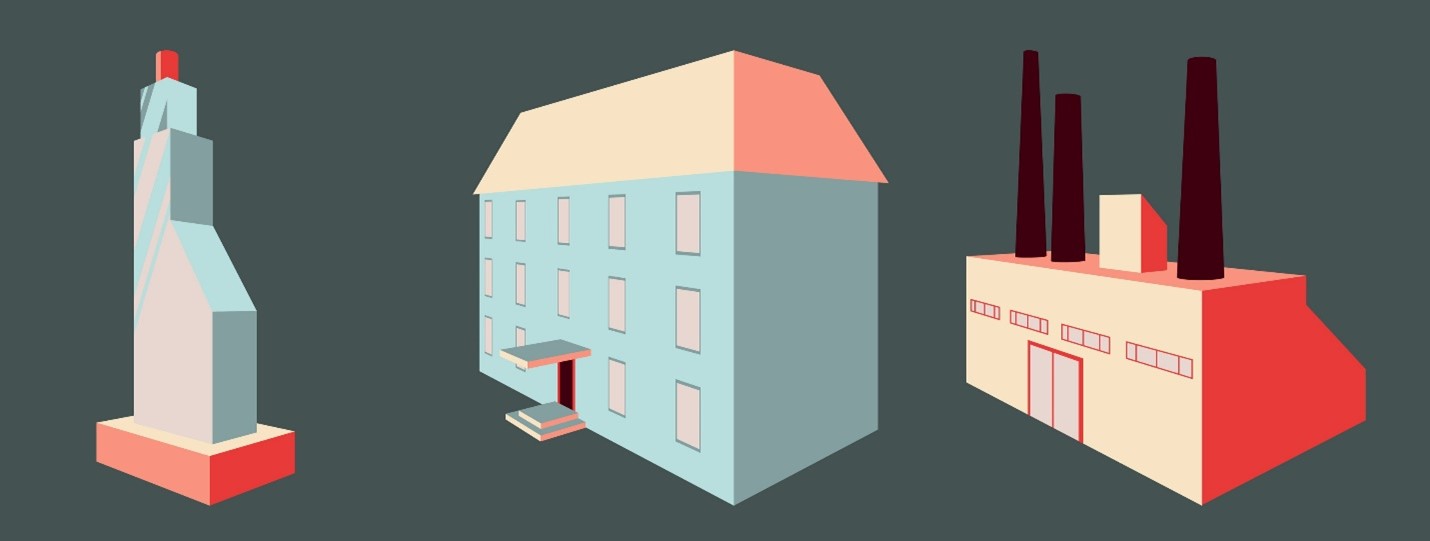
Chapter 5, General Building Heights and Areas, the following sections are to change:
- NEW SECTION: 508.5 through 508.5.11 (Formerly 419.1 through 420.10.1). Moved from Chapter 4.
There are no changes other than the move of this section.
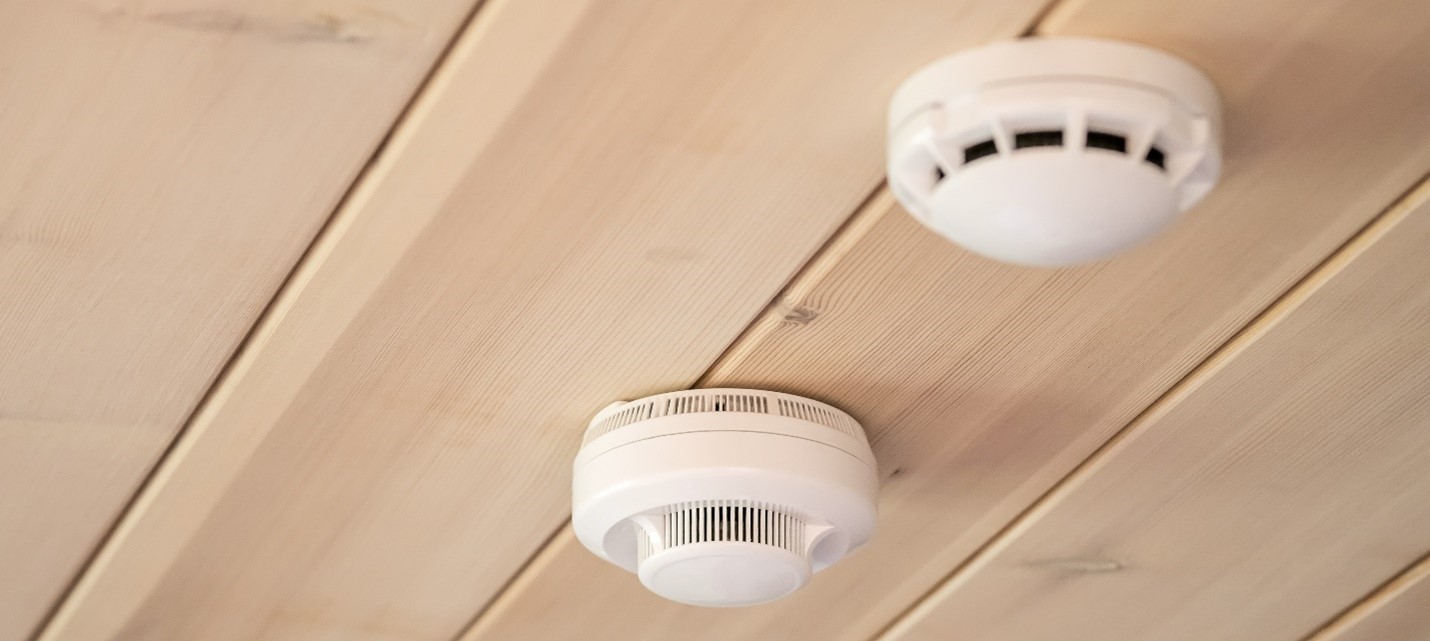
Chapter 9, Fire Protection and Life Safety Systems, the following sections are to change:
- Section 915.4.1 Power Source., Exceptions:, 2; The new wording for this section will read:
Carbon monoxide alarms in Group R occupancies shall be permitted to receive their primary power from other power sources recognized for use by NFPA 72.
This changes the reference in the 2019 edition, due to NFPA 720 (Standard for the Installation of Carbon Monoxide(CO) Detection and Warning Equipment), being withdrawn by NFPA and the requirements being incorporated into NFPA 72 (National Fire Alarm and Signaling Code).
- Section 915.5.2 Locations, The new wording for this section will read:
Carbon monoxide detectors shall be installed in the locations specified in Section 915.2 or NFPA 72.
This change also reflects the withdrawal of NFPA 720 and incorporation into NFPA 72.
- Section 915.6 Maintenance, The new wording for this section will read:
Carbon monoxide alarms and carbon monoxide detection systems shall be maintained in accordance with NFPA 72. Carbon monoxide alarms and carbon monoxide detectors that become inoperable or begin producing end-of-life signals shall be replaced.
This change also reflects the withdrawal of NFPA 720 and incorporation into NFPA 72.
- Section 915.7 Visible Alarms, The new wording for this section will read:
In buildings containing covered multifamily dwellings as defined in Chapter 2, all required carbon monoxide alarms shall be equipped with the capability to support visible alarm notification in accordance with NFPA 72.
This change also reflects the withdrawal of NFPA 720 and incorporation into NFPA 72.
Chapters 10 (Means of Egress) and 11A (Accessibility) will be addressed separately.
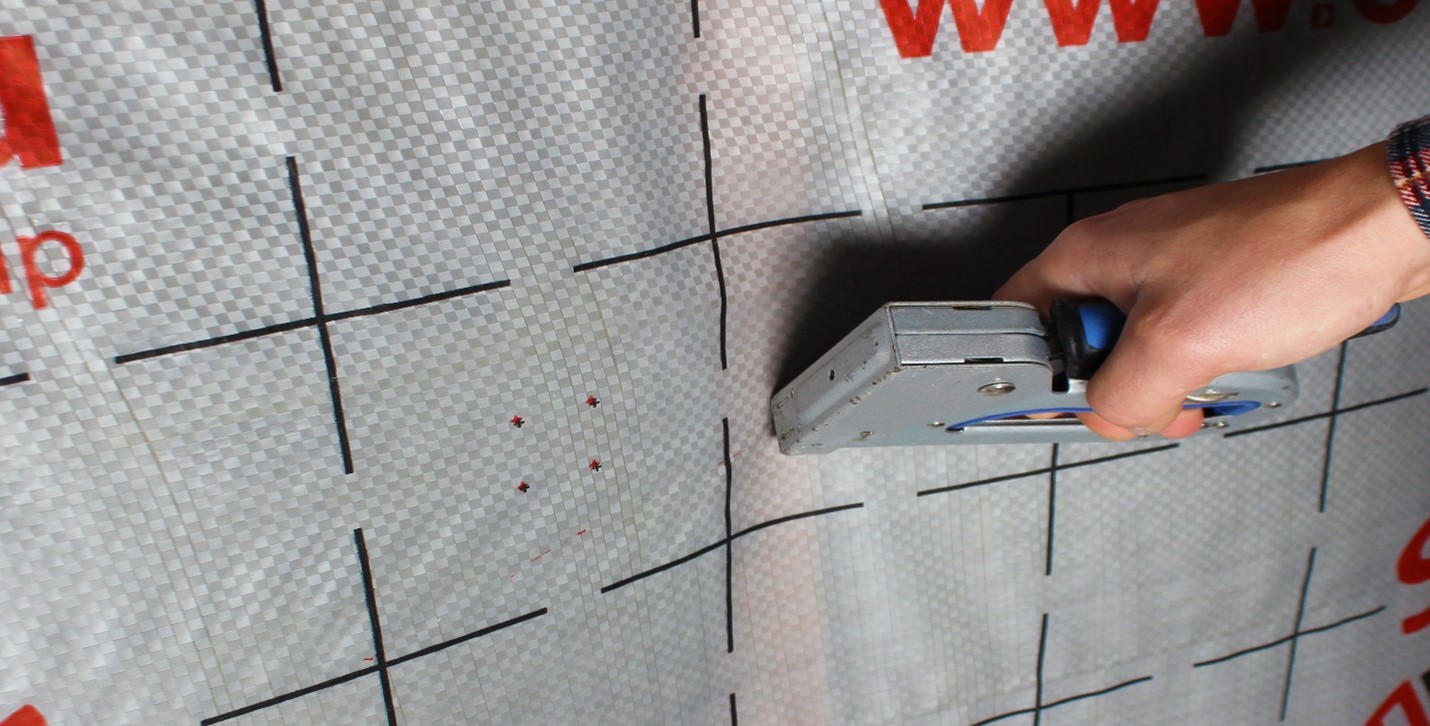
Chapter 12, Interior Environment, the following changes are listed:
1202.2.1 Ventilated attics and rafter spaces. The wording of the first exception is to be:
- In Climate Zones 6, 7 and 8, a Class I or II vapor retarder is installed on the warm-in-winter side of the ceiling.
This changes 'Climate Zones 14 and 16' to 'Climate Zones 6, 7, and 8'. No other change is indicated.
Climate Zone 6 includes the beaches in Southern California, at the foot of the hills, and several miles of inland area where hills are low or nonexistent.
Climate Zone 7 is the southernmost coastal areas of California.
Climate Zone 8 is inland from the California coast but still affected by marine air.
Climate Zone 14 is inland Northern California inland with some ocean effects.
Climate Zone 16 is high, mountainous and semiarid regions at elevations over 5,000 feet.
1202.3 Unvented attic and unvented enclosed rafter assemblies. Change is to subsection 4.1
4.1 [HCD 1 & HCD 2] In California Climate Zones 14 and 16, a Class I or Class II vapor retarder shall be installed on the indirectly conditioned space side of all insulation in an unvented attic with air-permeable insulation, for condensation control.
This adds the word 'California' to the section, to clarify that this applies to California.
The changes to the table below represent an expansion from the 2019 code, where the table had 4 levels instead of 8:
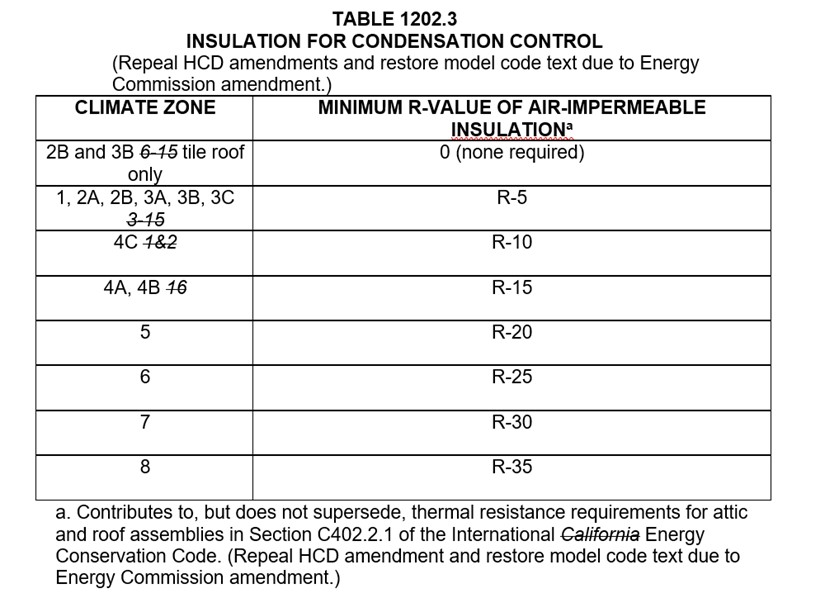
Section 1207 INTERIOR SPACE DIMENSIONS is being changed to Section 1208.
Other than number, there does not seem to be any change in the title or subject matter.
1208.4 (Formerly 1207.4) Efficiency dwelling units.
- For other than Accessible, Type A and Type B adaptable dwelling units, …
Previously, Section 1207.4, subsection 3 read:
- The unit shall be provided with a kitchen sink, cooking appliance and refrigeration facilities, each having a clear working space of not less than 30 inches (762 mm) in front. Light and ventilation conforming to this code shall be provided.
Now Section 1208.4, subsection 3 reads:
- For other than Accessible, adaptable dwelling units, the unit shall be provided with a kitchen sink, cooking appliance and refrigerator, each having a clear working space of not less than 30 inches (762 mm) in front. Light and ventilation conforming to this code shall be provided.
This reflects both the model code changes and California code changes.
The following sections are being renumbered, but with no other changes:
SECTION 1210 GARAGE DOOR SPRINGS to 1211
SECTION 1211 [HCD-1] POLLUTANT CONTROL to 1212
CHAPTER 14, EXTERIOR WALLS
1404.3.1 Class I and II vapor retarders. Where a Class II vapor retarder … (No change to model code text.)
[HCD 1 & HCD 2] Class I or II vapor retarders shall be provided on the interior side of frame walls of low-rise residential buildings in California Climate Zones 14 and 16, as required in the California Energy Code (see definition of "Low-rise residential building"). (Change to existing California amendment.)
This adds the word 'California' to the section, to clarify that this applies to California.
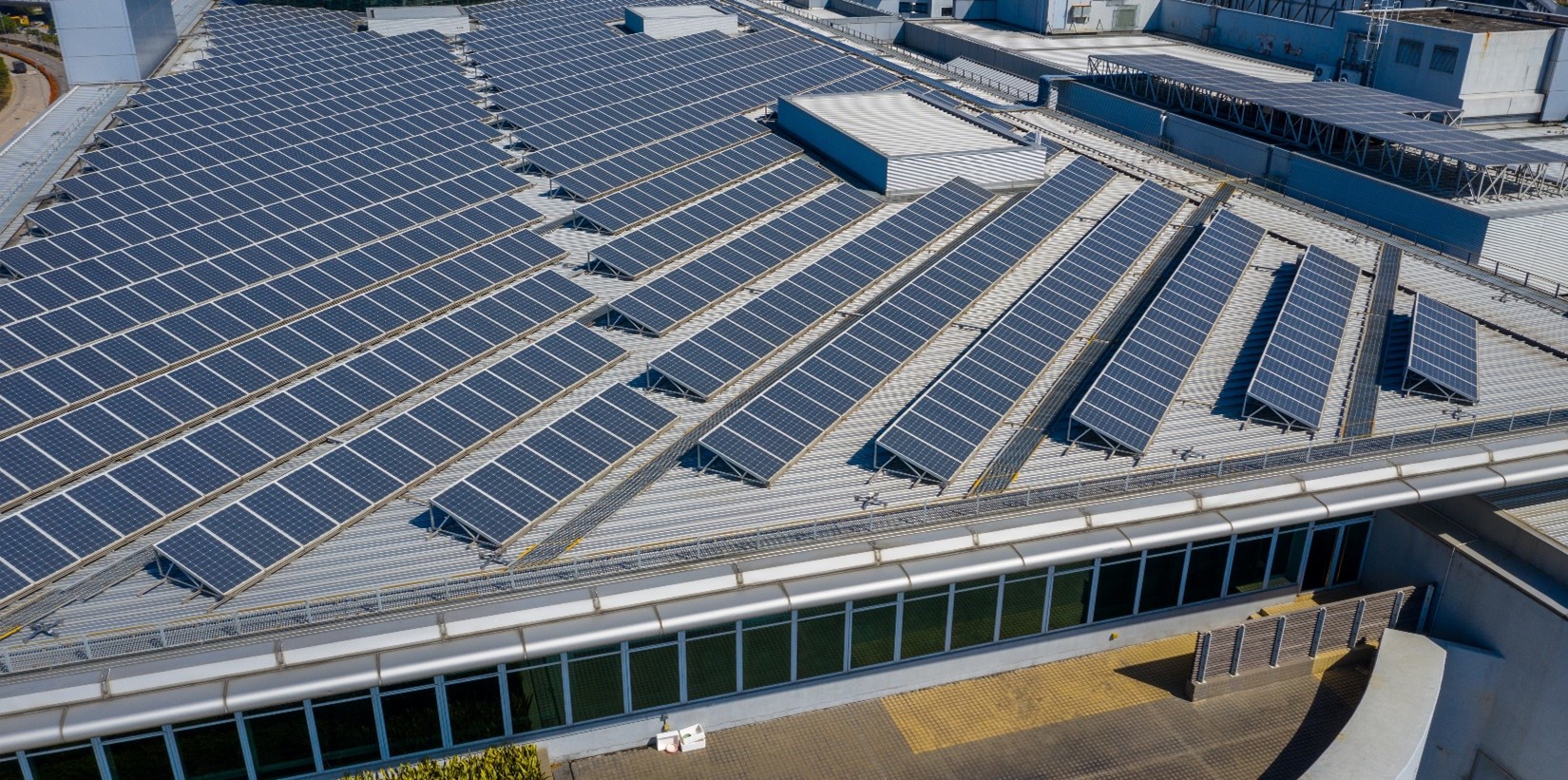
CHAPTER 15, ROOF ASSEMBLIES AND ROOFTOP STRUCTURES
SECTION 1502, ROOF DRAINAGE
1502.1 General. Design and installation … and Chapter 11 of the International California Plumbing Code.
1502.2 Secondary (emergency overflow) drains or scuppers. Where roof … and Chapter 11 of the International California Plumbing Code.
Changing wording to California instead of International.
SECTION 1511 (formerly 1510)
ROOFTOP STRUCTURES
1511.9 (Formerly 1510.7.2 in 2019 CBC) Photovoltaic (PV) panels and modules. [HCD 1 & HCD 2] Rooftop-mounted photovoltaic panels and modules shall be listed and labeled in accordance with UL 1703 or with both UL 61730-1 and UL 61730-2 and shall be installed in accordance with the manufacturer’s instructions.
Not just a change in location, but a change in wording to include not only UL 1703 but an alternative of both UL 61730-1 and -2.
This will be continued in Part 2.

